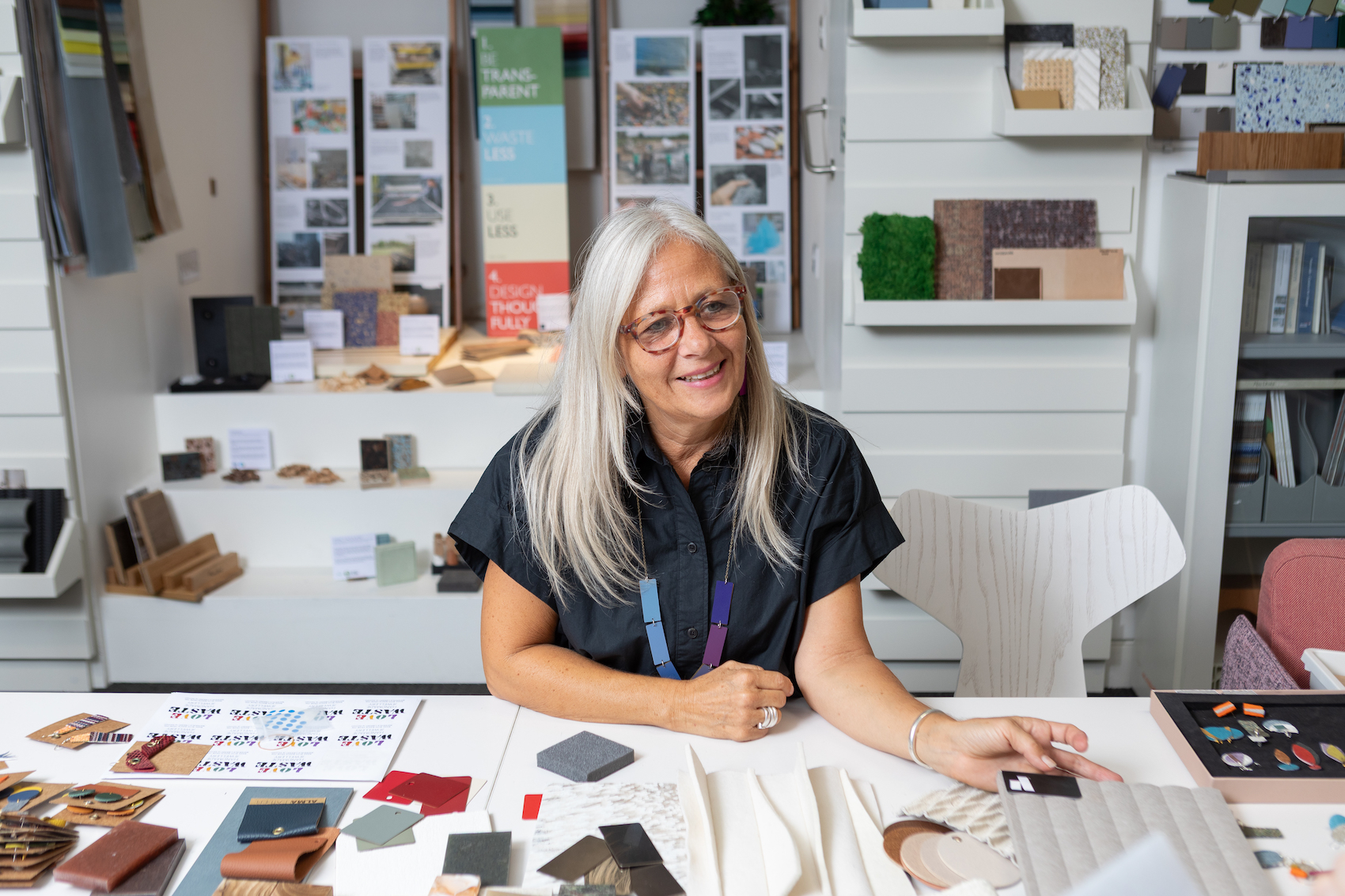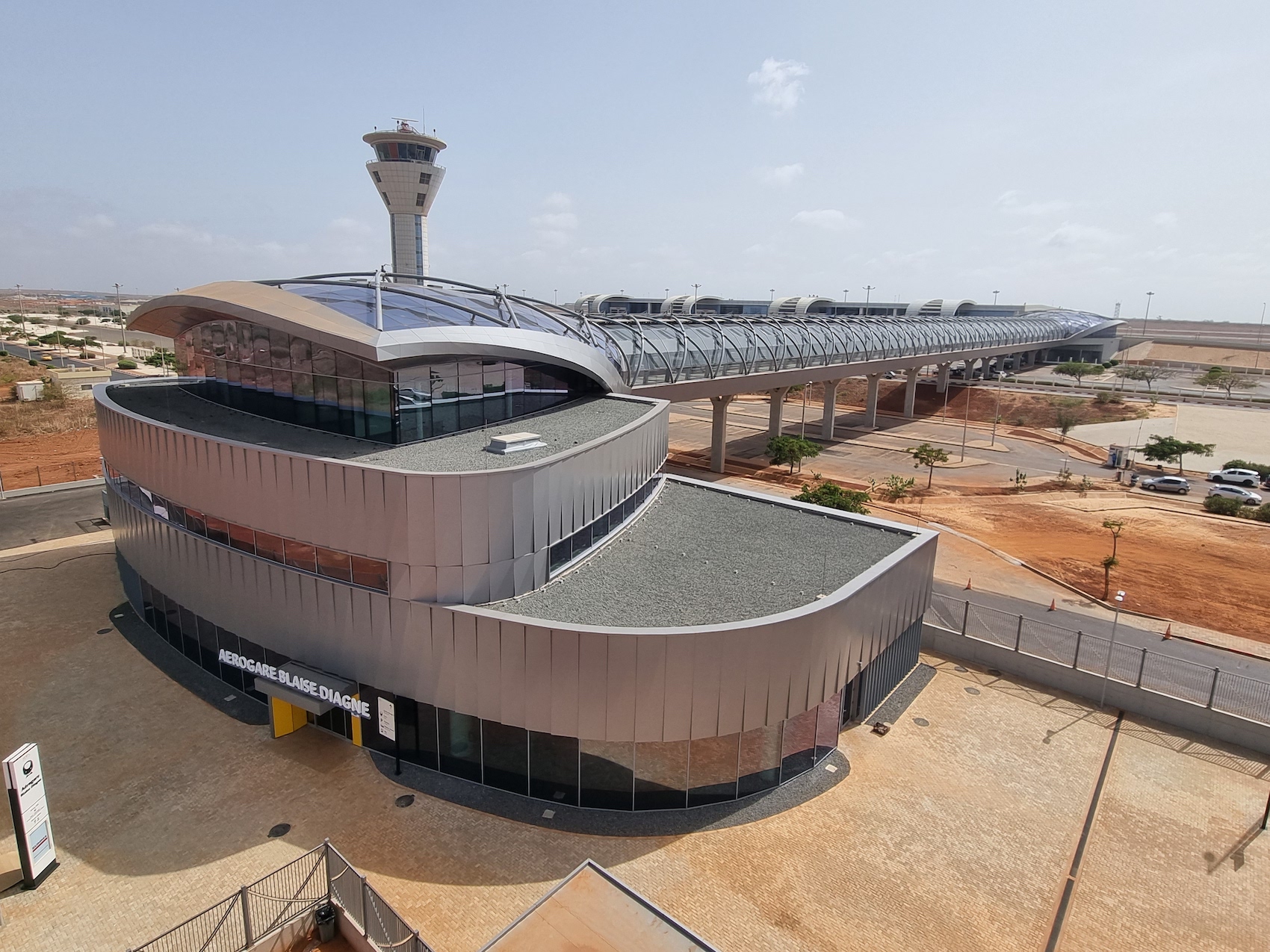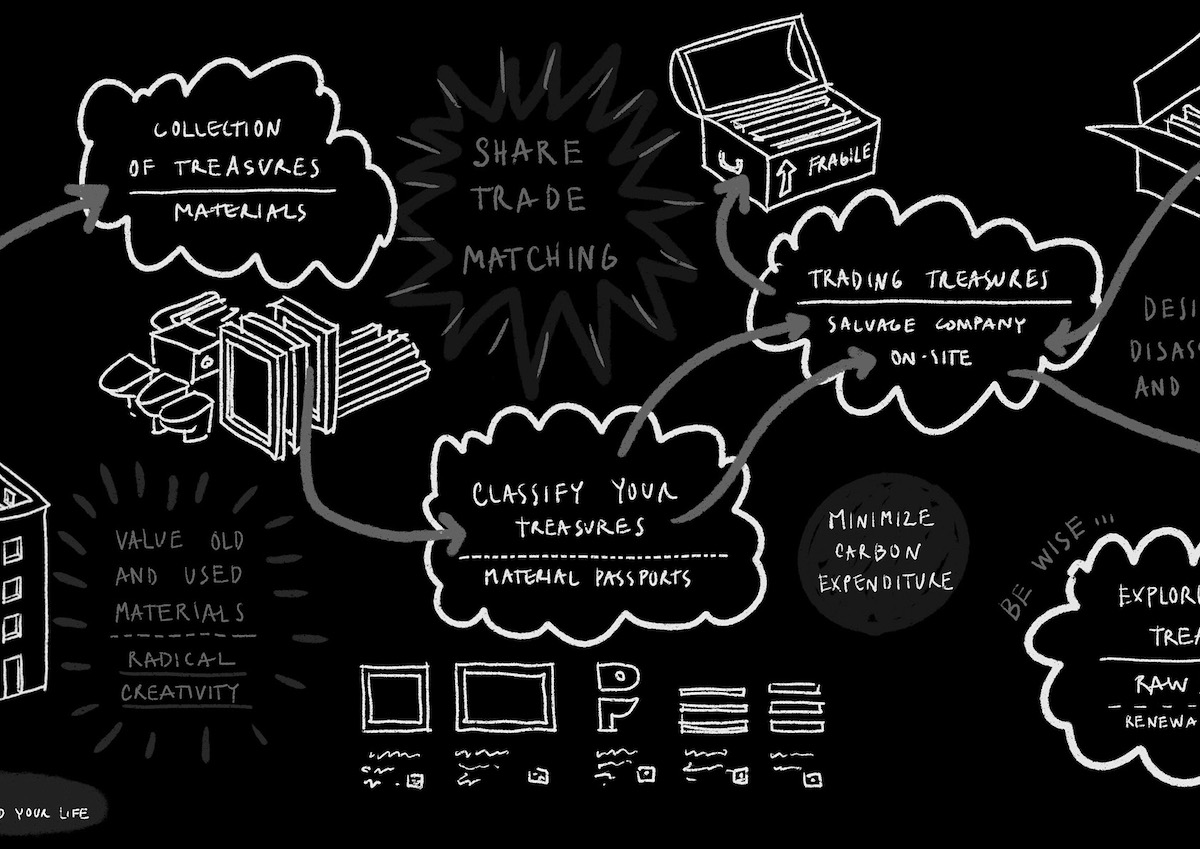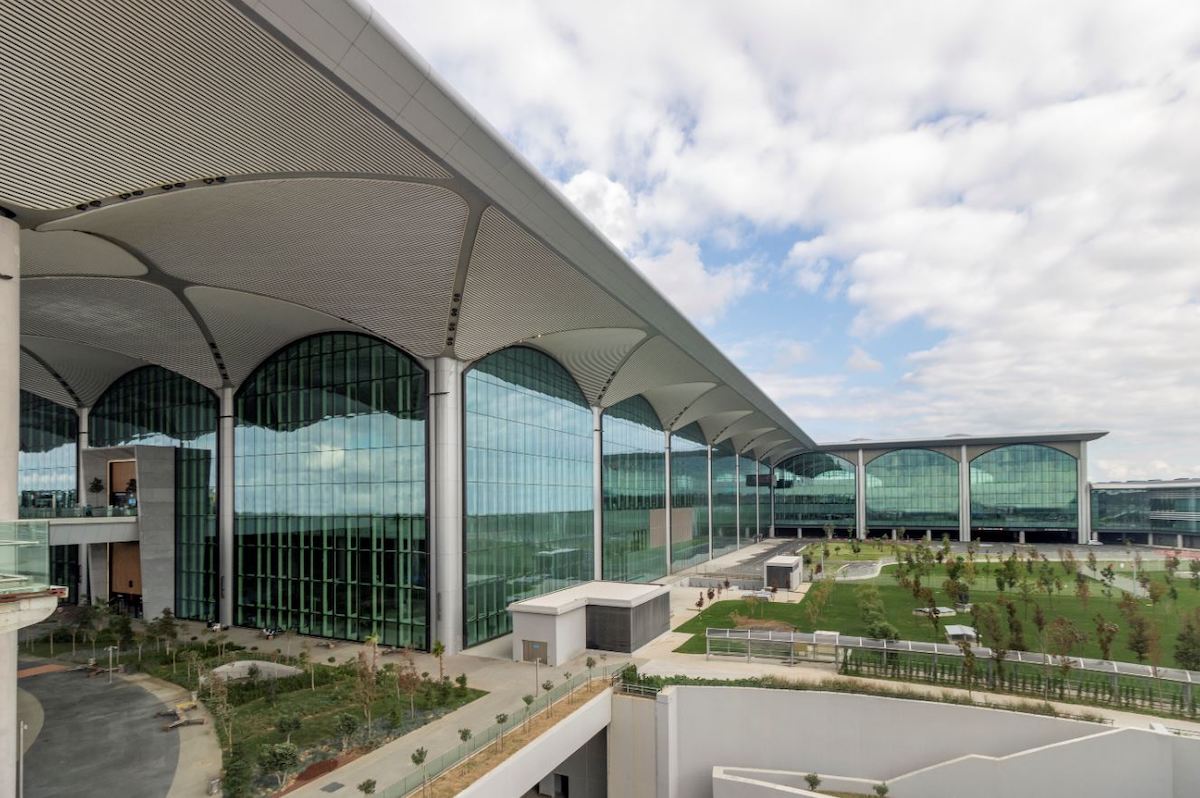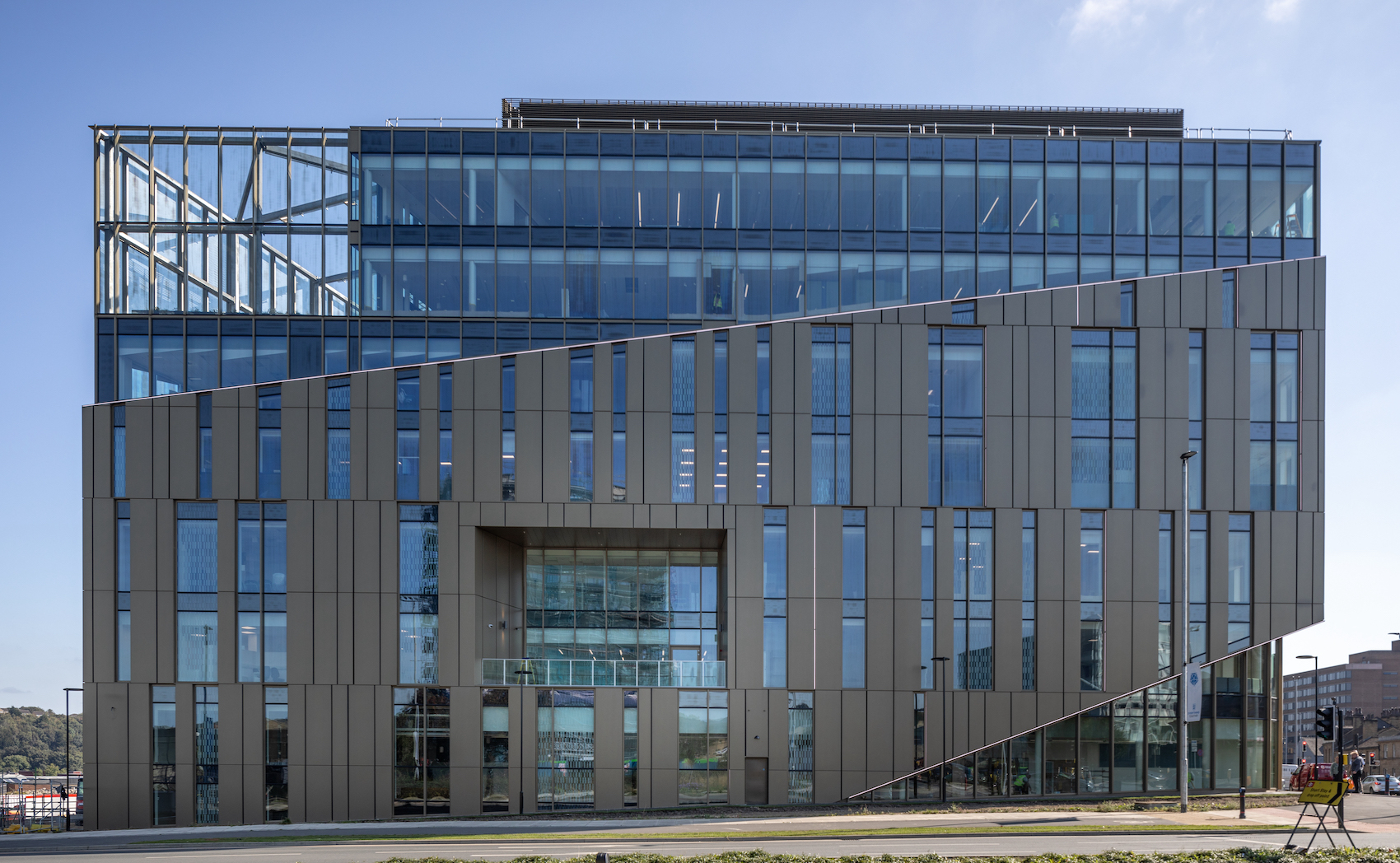Simon Walker, Category Manager at SIG Hard Metals, discusses best practice for the design, installation and maintenance of aluminium roofs with Architecture Today’s Technical Editor John Ramshaw.
In association with![]()
PREFA’s PREFALZ aluminium roofing and cladding in P.10 anthracite was specified for this residential development in Bridgerule, Devon, (photo: PREFA).
While zinc and copper roofing remain perennial favourites among many architects and clients, aluminium has become increasingly popular in recent years for a multitude of different reasons. So what are the key benefits of aluminium roofs over other types of metal roof? What types of system are available? How should architects approach the design process? And what are the main do’s and don’ts regarding installation and maintenance? SIG Hard Metals’ Category Manager Simon Walker discusses these questions and more with Architecture Today’s Technical Editor John Ramshaw.
What are the key benefits of aluminium roofs over other types of metal roof?
The metal roofing market is changing dramatically, and this is being led by price. Copper, for example has increased in price in recent years – due in part to rising demand from the renewable energy sector. Zinc, which is typically the next most expensive metal roofing choice, has also increased in price. At present, aluminium roofing can cost up to 80 per cent less than copper, and up to 65 per cent less than zinc per square metre. Aside from cost, aluminium roofing is lighter in weight than zinc, copper and steel, reducing transport costs and structural loading. It is also durable and recyclable.
The aluminium standing seam roofing and cladding provides an attractive aesthetic while also providing good protection from the elements (photo: PREFA).
Are there any downsides to using aluminium?
Like zinc and copper, aluminium has a natural patina and may develop a slightly dull or chalky surface over time due to oxidation. Some manufacturers apply a factory coating to their aluminium roofing sheets, extending their life expectancy. PREFA and other manufacturers offer material warranties of 40 years.
What types of aluminium roofing system are available?
SIG Hard Metals offers ‘traditional’ standing seam aluminium roofing in both cold and warm roof build ups. Also available on the market are aluminium shingles or tiles, sheets (flat and corrugated), and composite panels.
The visually-striking ‘folded’ roof of Page\Park Architects’ Great Tapestry of Scotland Gallery is clad with a PREFALZ aluminium standing seam roof in P.10 zinc grey from PREFA (photo: Marketing Adventures/PREFA).
What are the main options in terms of the roof build-up and what are the key areas to consider?
In terms of aluminium standing seam roofing, specifiers can choose a cold or warm roof system. Cold roof constructions are usually ventilated with the build-up typically comprising (top down): aluminium standing seam panels, breather membrane, structural deck (WBP plywood or OSB), ventilated cavity (50mm), insulation (between rafters), self-adhesive air and vapour control layer (AVCL), and internal ceiling finish. Warm roof constructions are usually unventilated and typically comprise aluminium standing seam panels, breather membrane, rigid insulation (above deck), self-adhesive AVCL, structural deck, roof structure (timber rafters of metal deck), and internal ceiling finish.
Aerial view of Great Tapestry of Scotland Gallery aluminium roof (photo: Marketing Adventures/PREFA).
Choosing between a cold and warm roof build up depends on the application. The issue with warm roofs is that the fixings for the aluminium deck run through the breather membrane, rigid insulation and self-adhesive AVCL into the structural deck. If you use the correct self-sealing self-adhesive AVCL this isn’t a problem. However, there have been instances where contractors have used non-self-sealing AVCLs, which do not stop moisture rising through the roof construction. As such, there is significant potential for warm roofs to go wrong through incorrect specification and/or installation.
The Golf it! driving range in Glasgow employs some 2,000-square-metres of PREFA’s PREFALZ aluminium standing seam roofing in P.10 Black (photo: Marketing Adventures/PREFA).
How should specifiers approach the design of aluminium roofs and what are the key areas to consider?
Specifiers should carefully consider the type of application and how the roof is going to be constructed at the outset. SIG Hard Metals can provide holistic, product-agnostic advice aimed at choosing the right product – be it aluminium, zinc, copper or steel – and constructional approach for the project.
How should aluminium roofs be installed and maintained?
Installation should always be by a registered installer. We would strongly recommend using an SIG Hard Metals-registered installer. This, combined with an SIG Hard Metals specification, enables us to provide a systems component warranty for the entire roof – as opposed to a manufacturer’s materials warranty for the aluminium covering only. Aluminium Roofs require bi-annual inspections and gutter clean outs.
Crisp detailing is employed throughout the Golf it! aluminium standing seam roof (photo: Marketing Adventures/PREFA).
How long can aluminium roofs last and what are the warranty options available?
Aluminium manufacturers can supply material warranties of up to 40 years. SIG Hard Metals can provide systems component warranties for aluminium roofs of up to 30 years (T&Cs apply).
Contact Details
If you require design assistance on a metal roofing project, please call 0330 123 1820, email, or visit the SIG Hard Metals website.











